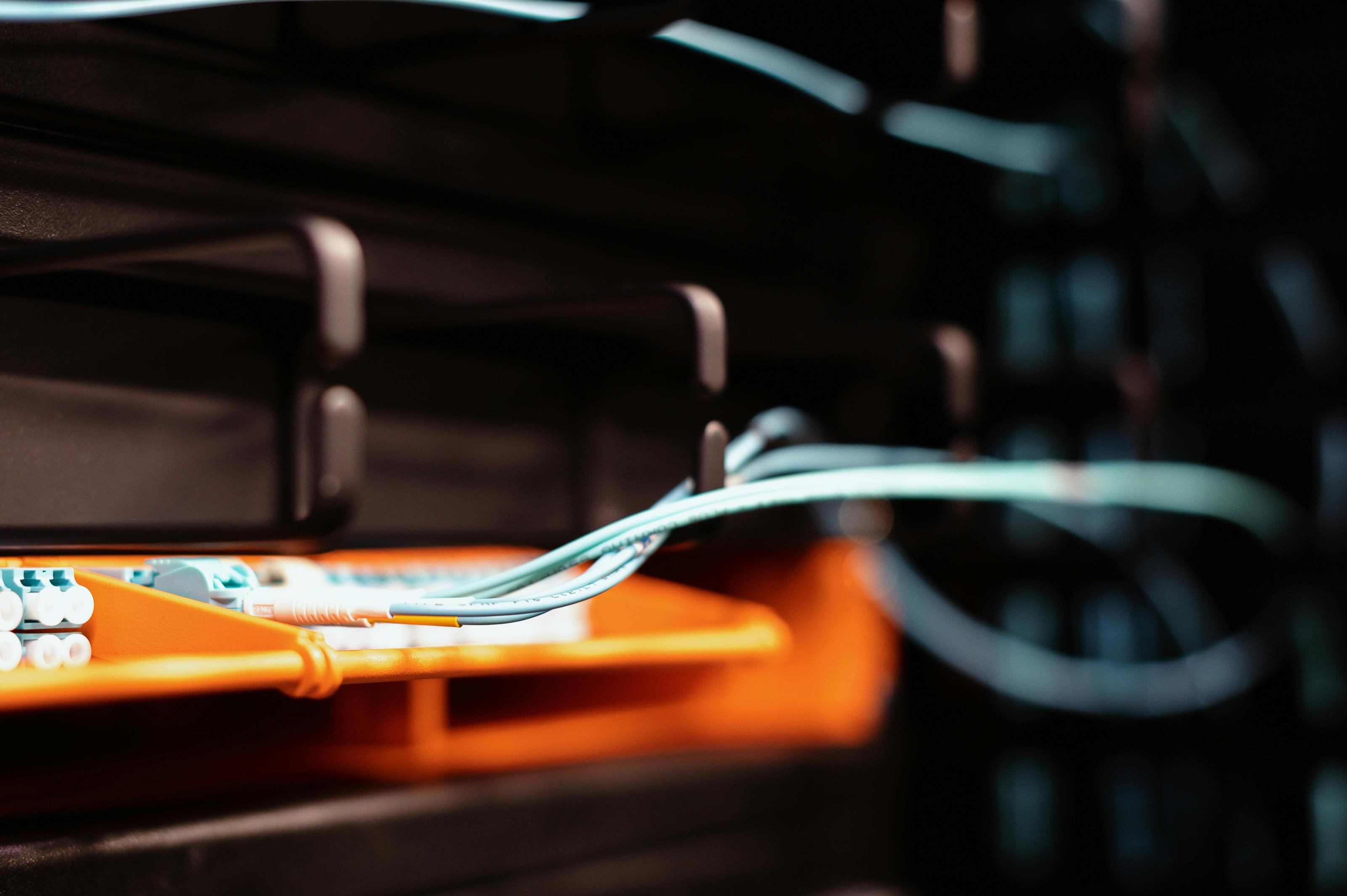Diagnosing and Fixing a Faulty Power Supply Unit in Your Computer
Introduction
Computer issues can often be traced back to a single faulty component: the power supply unit (PSU). When a PSU begins to fail, it can cause various problems, including the computer turning on and off intermittently. Identifying a malfunctioning PSU early can prevent further damage to your system and save you from the frustration of unexpected shutdowns. This article will guide you through understanding the importance of a PSU, recognizing the common symptoms of failure, diagnosing a faulty unit, and taking steps to fix and maintain it.

Understanding the Importance of a Power Supply Unit
The power supply unit is the unsung hero of your computer. It converts electricity from the wall outlet into a usable form for your computer’s internal components. Without a reliable PSU, your computer cannot run smoothly.
-
Stability: The PSU ensures that all components receive a steady, adequate supply of power. A failing PSU can lead to inconsistent voltage levels, adversely affecting your system's performance.
-
Protection: A quality PSU can protect your computer from power surges and other electrical anomalies that could damage internal components.
Understanding the significance of a PSU helps in appreciating why it's crucial to maintain its health and promptly address any signs of failure.
Common Symptoms of a Bad Power Supply Unit
Recognizing the symptoms of a bad PSU early can save you from more severe issues down the line. Below are the most common indicators of a failing power supply unit.
Computer Turning On and Off
One of the most telltale signs of a failing PSU is your computer turning on and off intermittently. This behavior is often caused by the PSU’s inability to supply steady power to the components, leading to random shutdowns or reboots. This can be especially frustrating when you're in the middle of important work.
Frequent Crashes and Freezes
Another common symptom of a failing PSU is frequent crashes or system freezes. These can occur during intensive tasks like gaming or running complex applications, as the PSU struggles to provide adequate power. These disruptions not only hinder productivity but could also lead to data loss or corruption.
Strange Noises or Burning Smells
A failing PSU may produce strange noises, such as grinding or whining sounds. Additionally, you might detect a burning smell emanating from the unit. These are serious warning signals indicating that the PSU is overheating or has internal damage that could lead to complete failure.
Diagnosing a Failing PSU
Once you've noticed the symptoms, the next step is to diagnose whether the PSU is indeed the problem.
Visual Inspection
Start with a simple visual inspection. Unplug your computer and open the case. Look for any visible signs of damage, such as burnt components or swollen capacitors. Check the PSU cables for any signs of wear or fraying.
Using Diagnostic Tools
Software tools like HWMonitor or SpeedFan can help monitor your computer's voltage levels and temperatures. If the voltages are inconsistent or outside the normal range, this could indicate a problem with the PSU.
Testing with a Multimeter
A more precise method to diagnose a failing PSU is using a multimeter. By measuring the output voltages directly, you can determine if the PSU is supplying the correct voltages to your components. This step requires some electrical knowledge, so proceed with caution or consult a professional if you're unsure.

Steps to Fix a Faulty Power Supply Unit
Once you've diagnosed that the PSU is the root of your problems, the next step is to address the issue.
Checking Power Cables and Connections
- Ensure all power cables are securely connected: Loose connections can cause power fluctuations.
- Inspect for damaged cables: Replace any that show signs of wear or damage.
Ensuring Proper Ventilation
- Clean the PSU vents and fans: Accumulated dust can cause overheating.
- Ensure proper airflow: Make sure nothing obstructs the cooling vents.
Replacing the PSU
If the PSU shows significant signs of damage or fails diagnostic tests, replacement is the best option. Choose a PSU that meets your computer’s power needs and install it following the manufacturer's guidelines.
- Unplug the old PSU: Make sure all power sources are disconnected.
- Install the new PSU: Secure it in the case and connect the necessary power cables to the motherboard and components.

Preventive Measures for PSU Longevity
Maintaining your PSU and taking preventive steps can extend its lifespan and improve your computer’s overall reliability.
Regular Maintenance Tips
- Clean the PSU regularly: Dust build-up can impede cooling and cause overheating.
- Monitor PSU performance: Keep an eye on voltage levels using diagnostic tools.
Using Surge Protectors
Invest in a good surge protector to shield your computer from power surges and spikes. This can prevent sudden electrical anomalies from damaging the PSU and other components.
Investing in a High-Quality PSU
A high-quality PSU may come with a higher upfront cost, but the investment pays off in longevity and reliability. Look for units with good reviews and a high-efficiency rating.
Conclusion
Diagnosing and fixing a faulty power supply unit is crucial in maintaining the health and performance of your computer. By recognizing the symptoms, properly diagnosing the issue, and following preventive measures, you can ensure your PSU functions optimally and prolong its lifespan. Whether you're a casual user or a high-performance gamer, the PSU's role in your computer's stability cannot be overstated.
Frequently Asked Questions
What are the signs of a bad power supply unit?
Signs include the computer turning on and off intermittently, frequent crashes, freezes, strange noises, or burning smells emanating from the PSU.
How can I test if my PSU is failing?
You can use diagnostic software to monitor voltages, visually inspect for damage, or use a multimeter to measure the output voltages directly.
Can a faulty PSU damage my computer?
Yes, a faulty PSU can cause power surges or inconsistent voltages that may harm other components like the motherboard, CPU, and storage drives.



